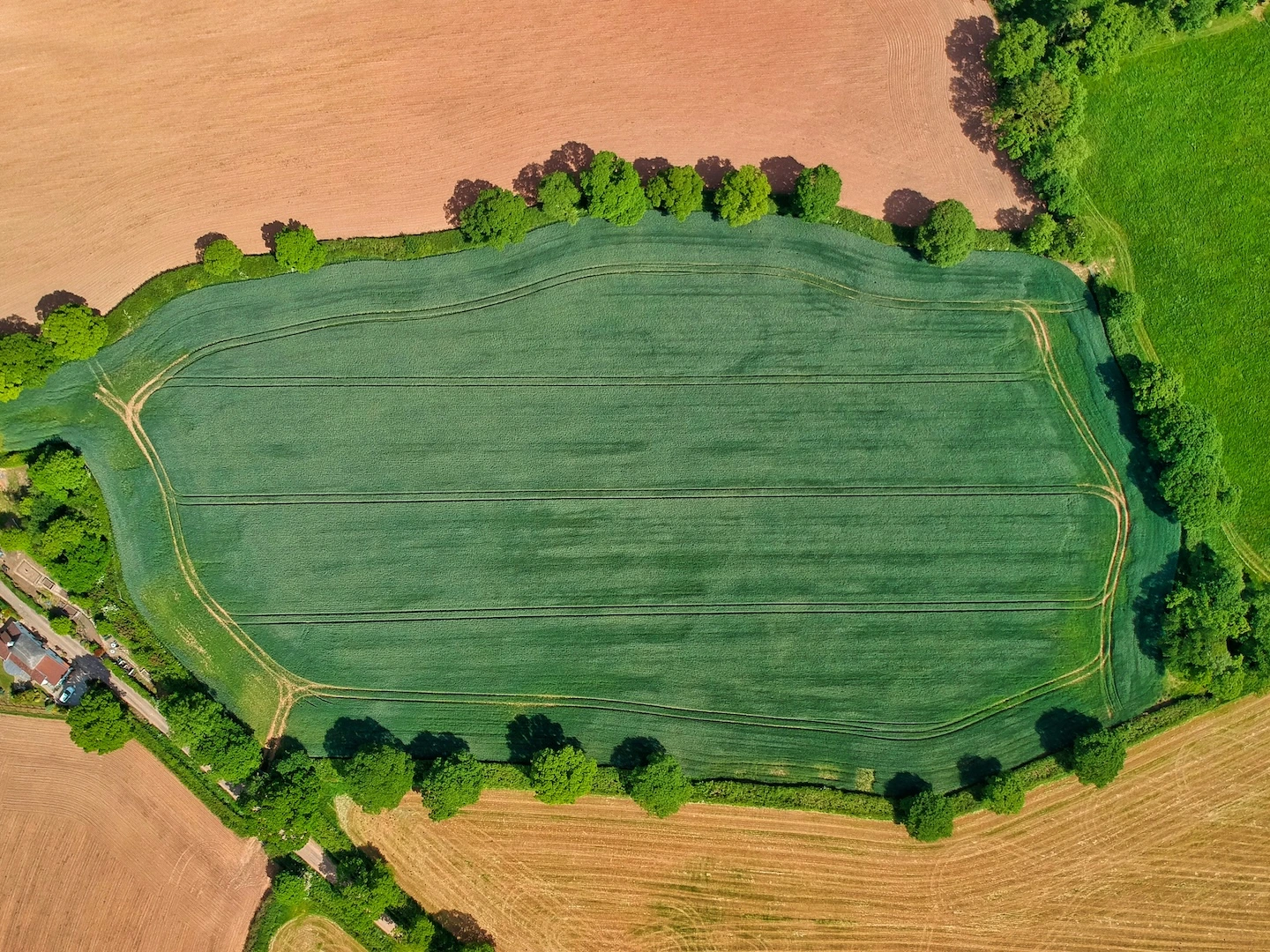£5.66
info Summary
The FG3 Permanent Electric Fencing grant provides funding for installing electric fences to control livestock, protecting environmental features, managing habitats, and preventing water pollution. This capital item helps to protect, recover, and improve biodiversity on agricultural land.
format_list_bulleted What to do
- Install a mains-operated permanent electric fence according to manufacturer's recommendations.
checklist How to do
- Install a mains-operated energiser as per manufacturer's recommendations.
- For wooden posts:
- Erect wire fencing at least 1.05m high with a minimum of 4 plain wires.
- Use straining posts (at least 150mm top diameter, 2.1m long) and struts (at least 75mm top diameter, 2.1m long).
- Use intermediate posts (at least 65mm top diameter, 1.65m long).
- For metal posts:
- Agree use with Natural England or Forestry Commission adviser for Higher Tier agreements.
- Erect steel wire fence to at least 1.05m high.
- Use straining posts at least 2.4m long at changes of direction and ends, with suitable bracing.
- Struts should be at least 1.8m long.
- Use intermediate posts at least 1.65m long.
- Ensure posts are durable for 5 years.
- Do not attach fence to trees or hedgerows or block access to open access land.
description Evidence Required
You must keep photographs of the completed work and provide with your claim.
You must also keep and provide on request:
- any consents or permissions connected with the work
- receipted invoices or bank statements where a receipted invoice is unavailable
- photographs of the existing site
Read the record keeping and site visit requirements in the Agreement holder’s guide: Capital Grants, Higher Tier capital grants and Protection and Infrastructure grants for more information.
If you’re applying for this item as part of a Countryside Stewardship Higher Tier (CSHT) application, you must read the record keeping and site visit requirements in the CSHT agreement holder’s guide.
tips_and_updates Additional Advice
- Check to make sure the work meets relevant British Standards.
View Official Guidelines
Access detailed information about this action on the RPA website

